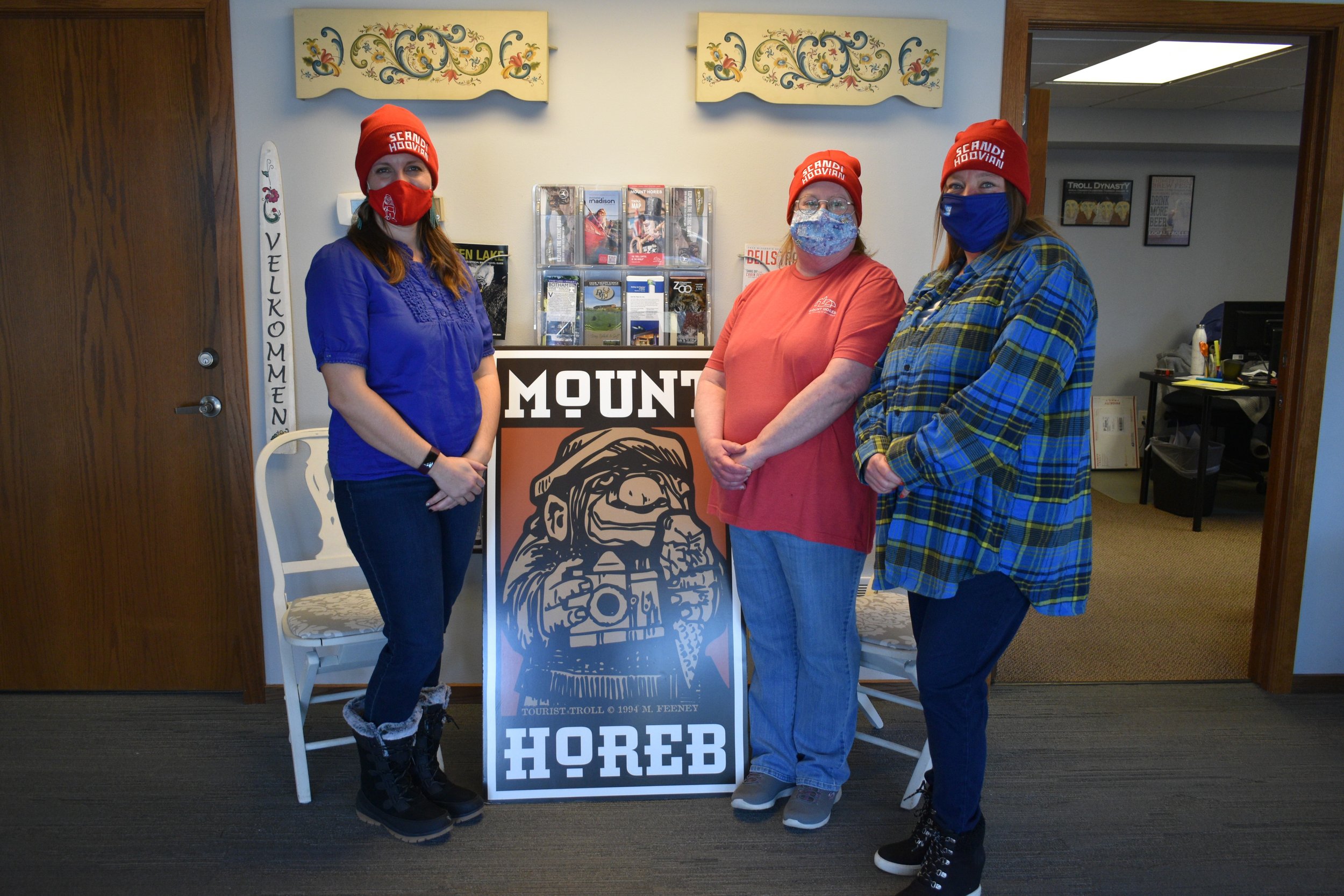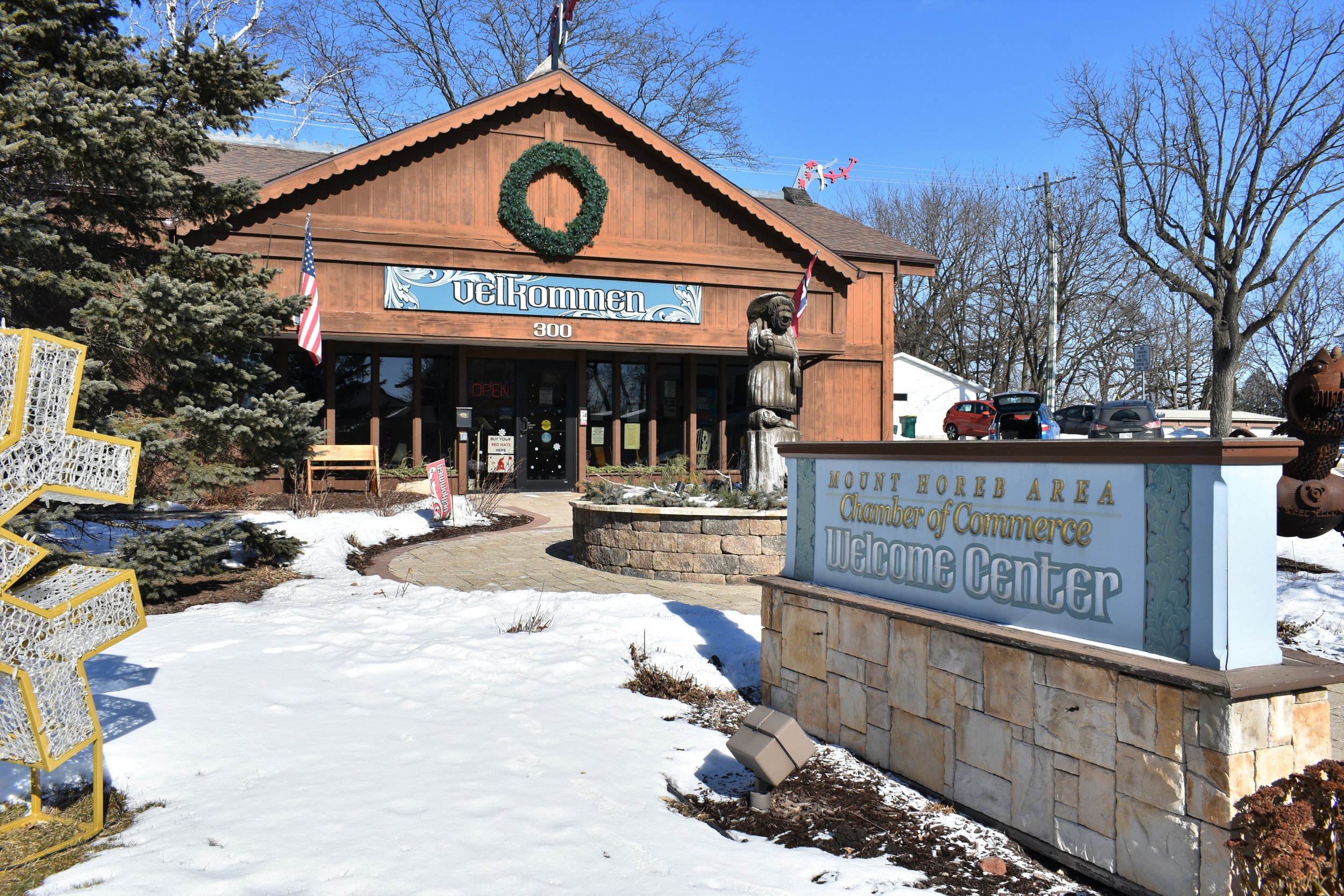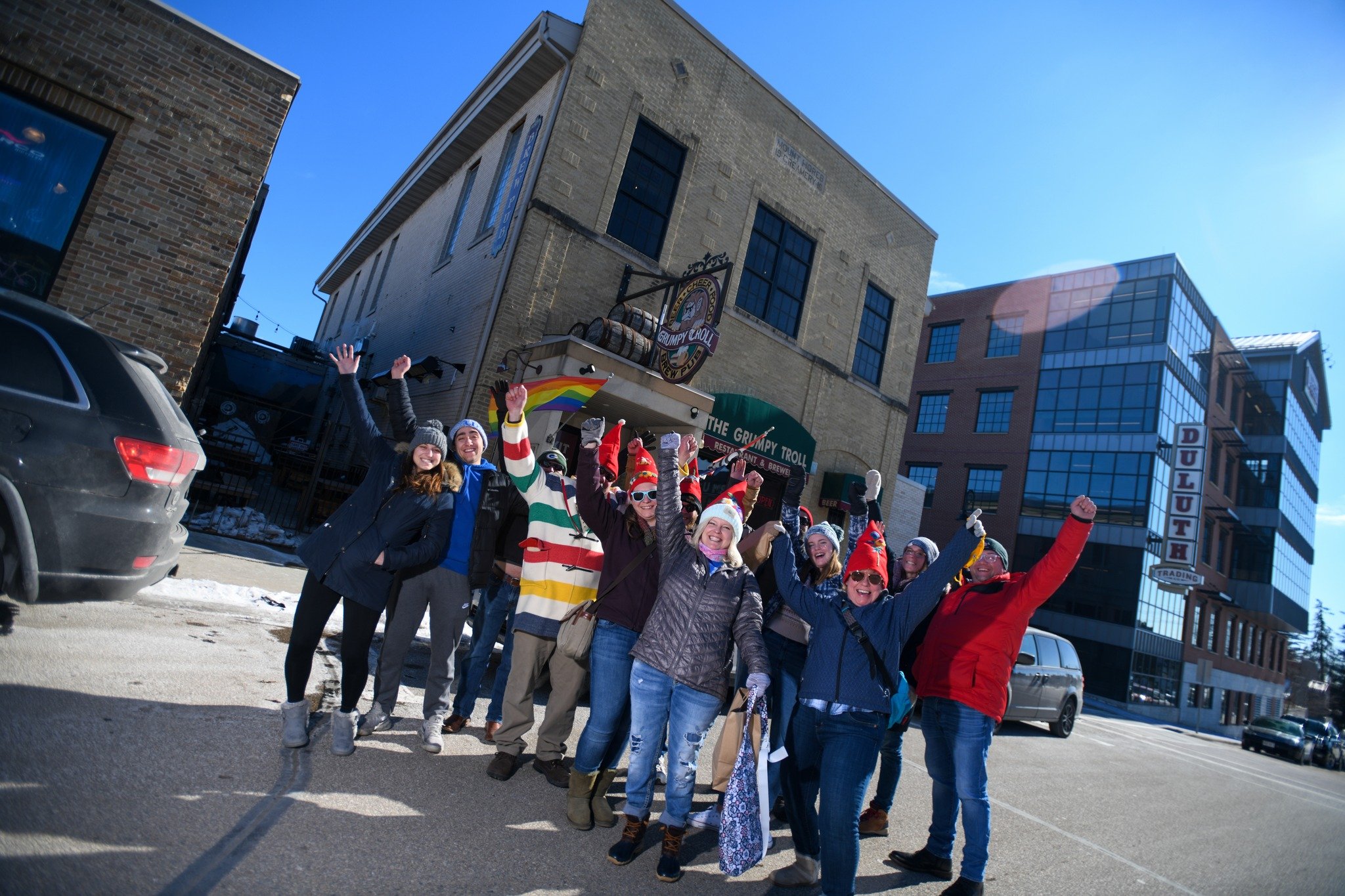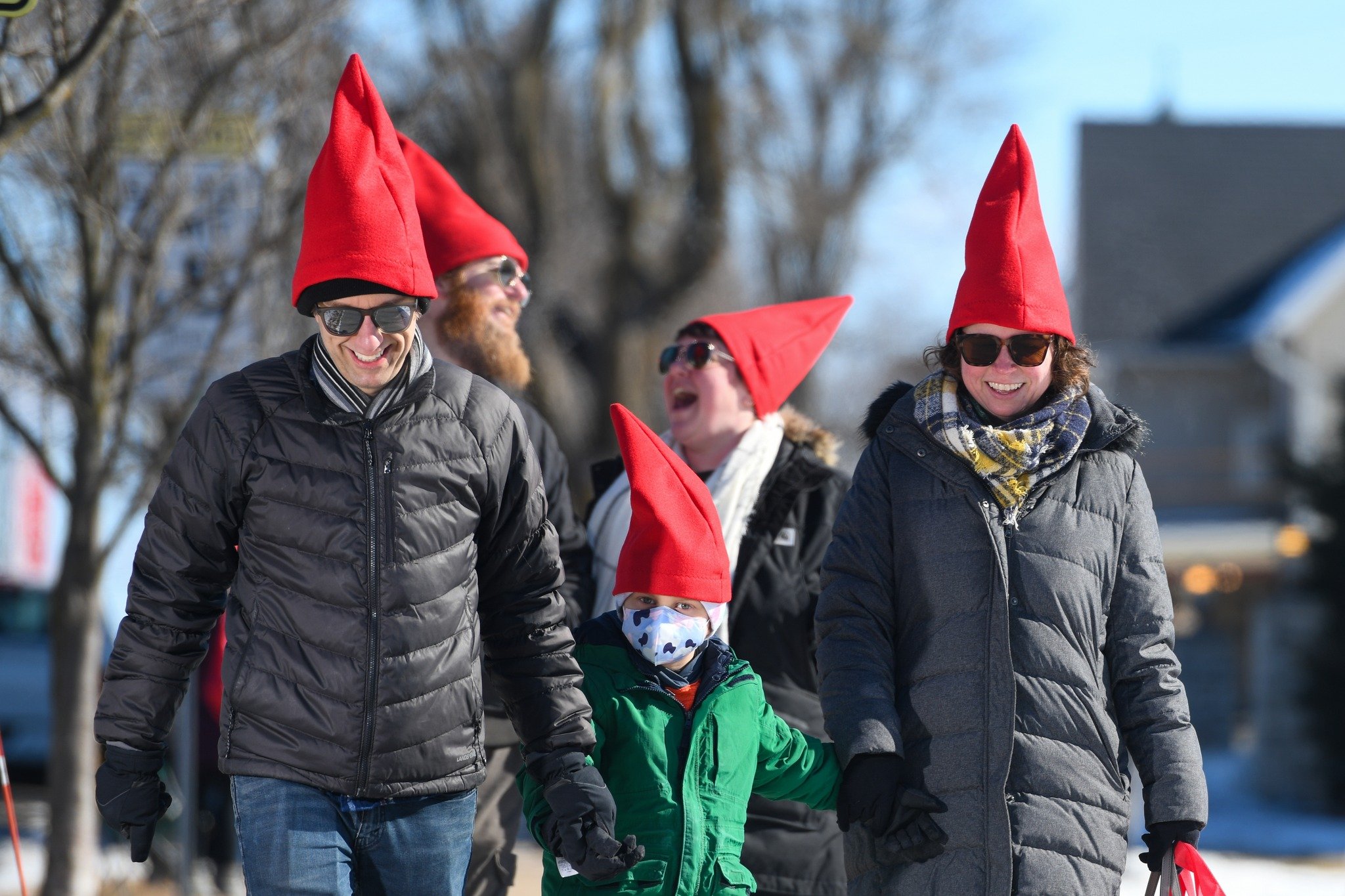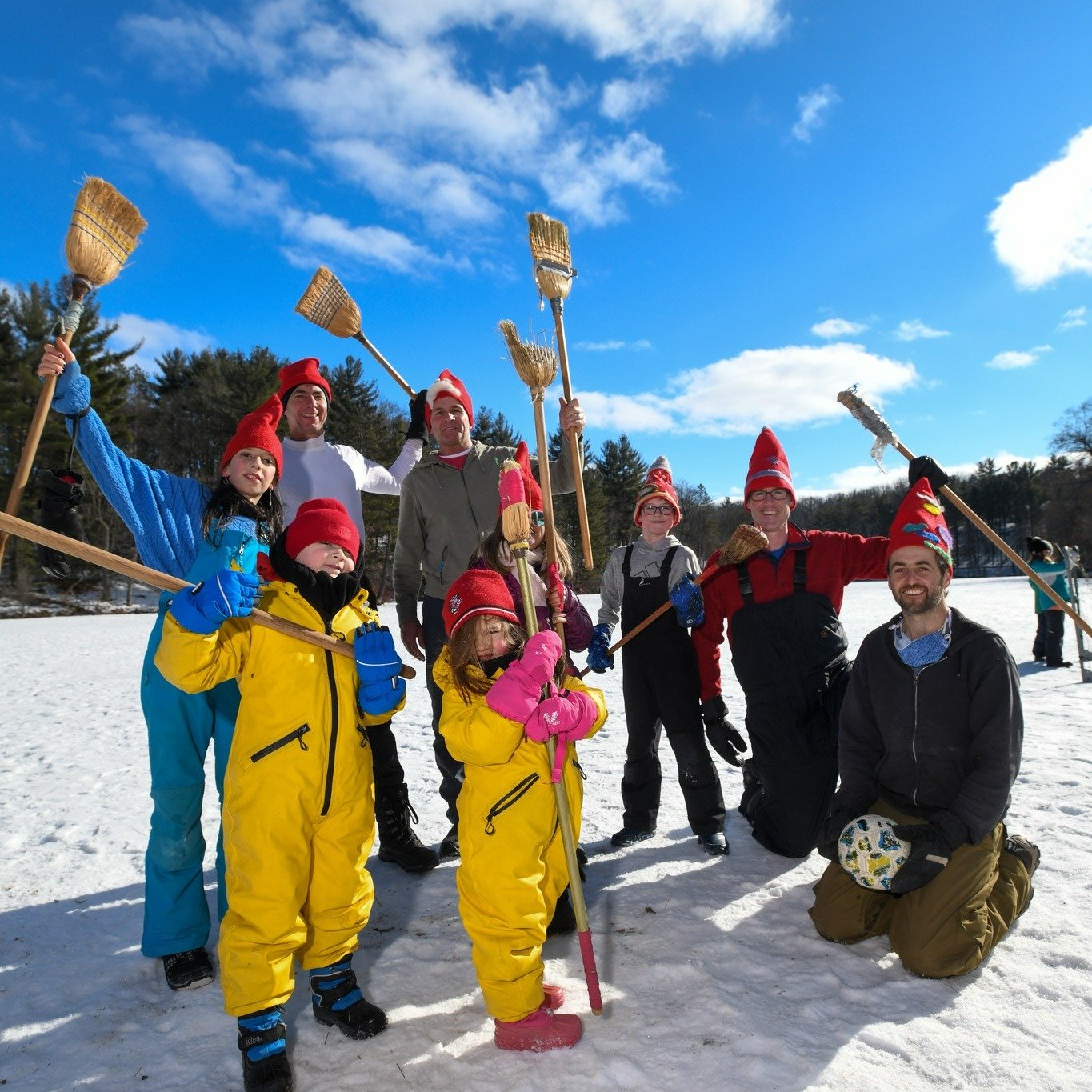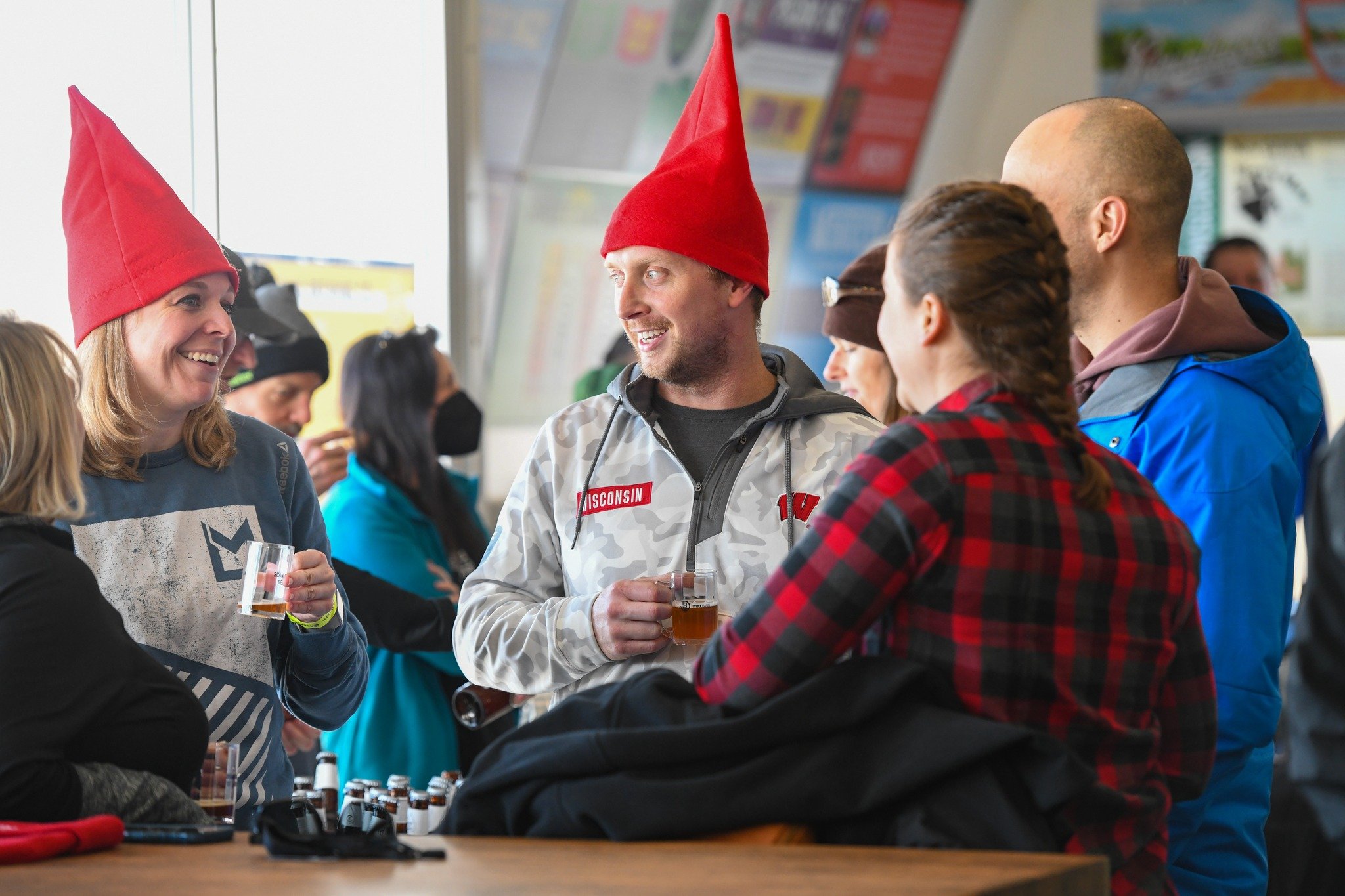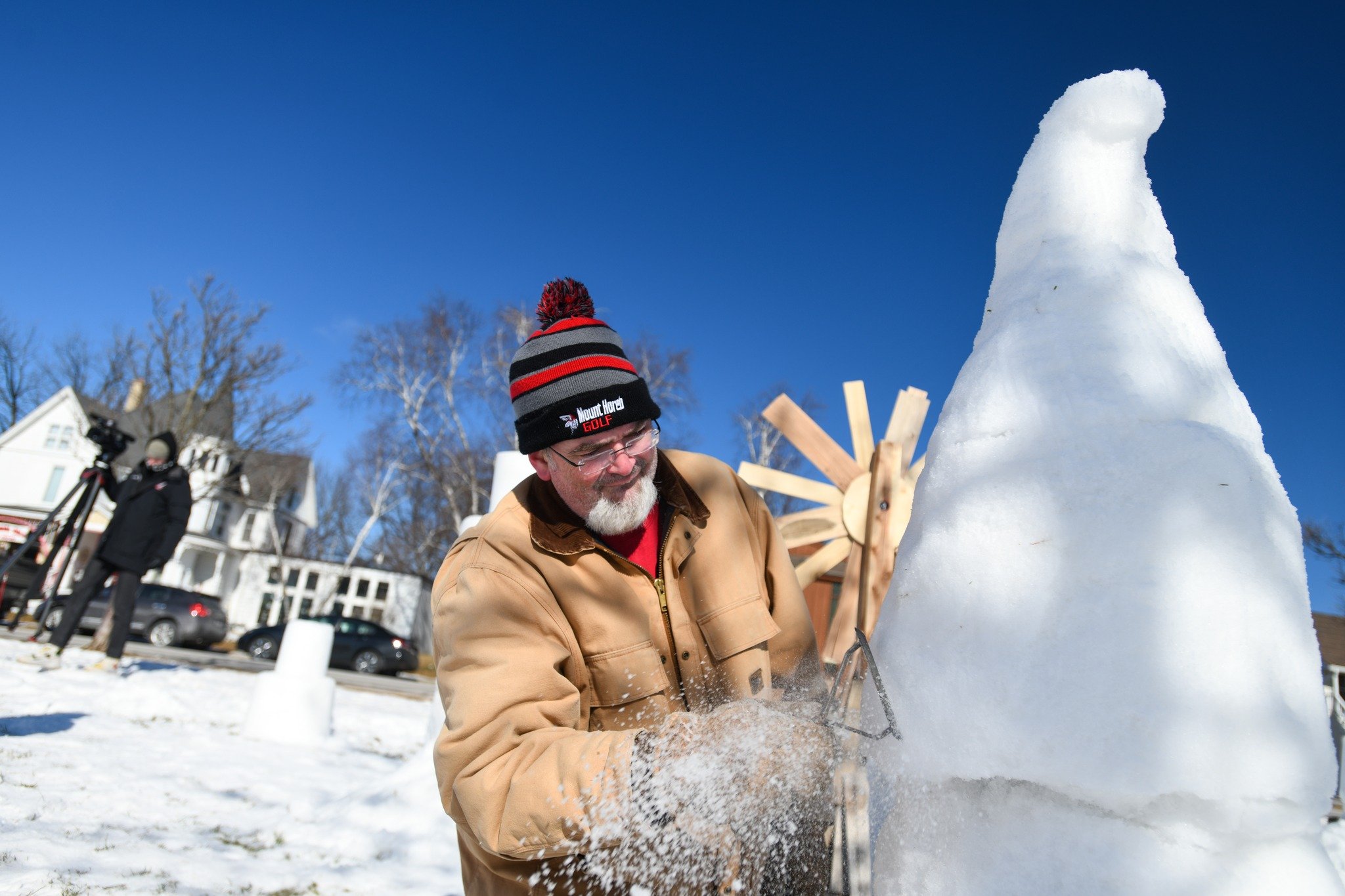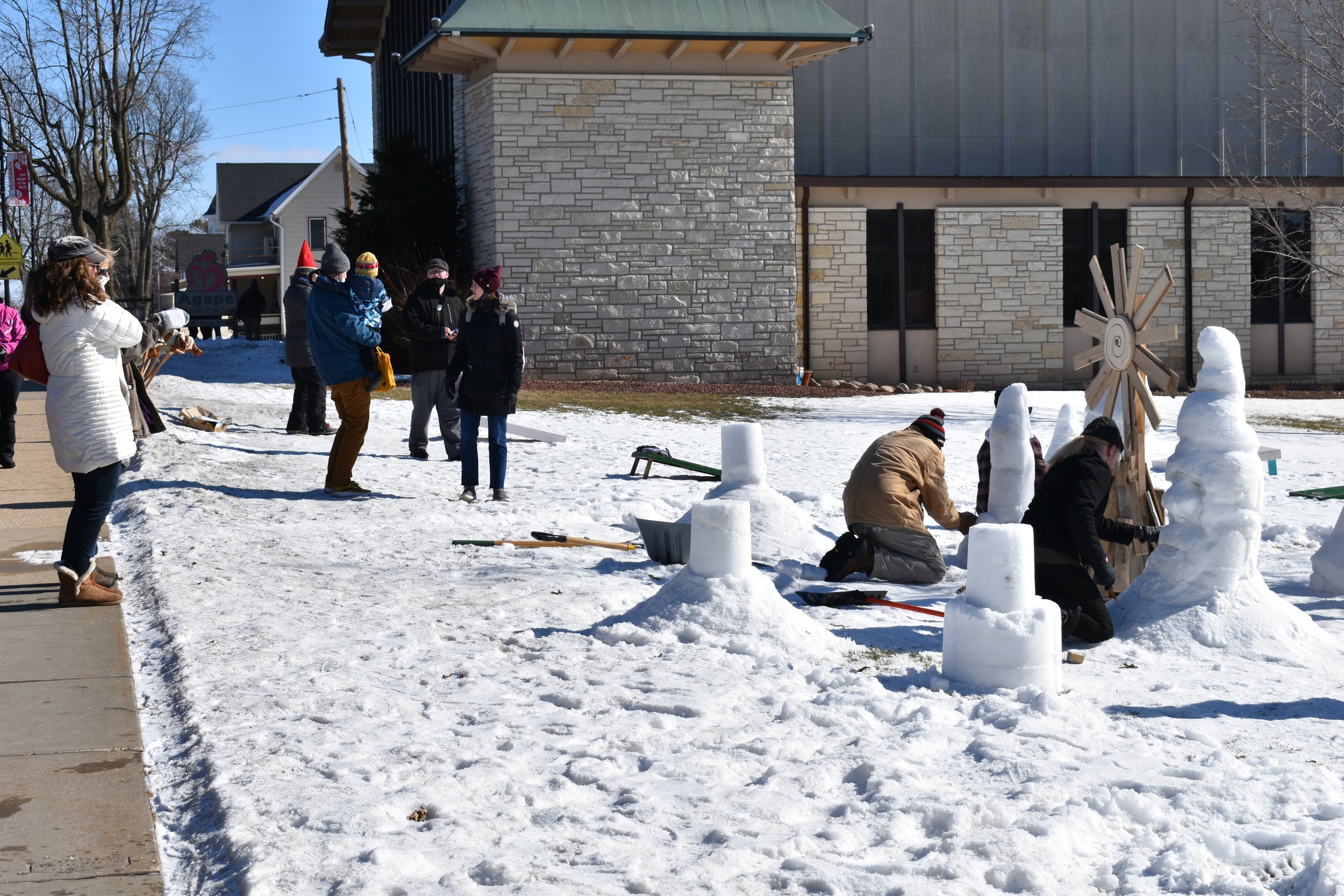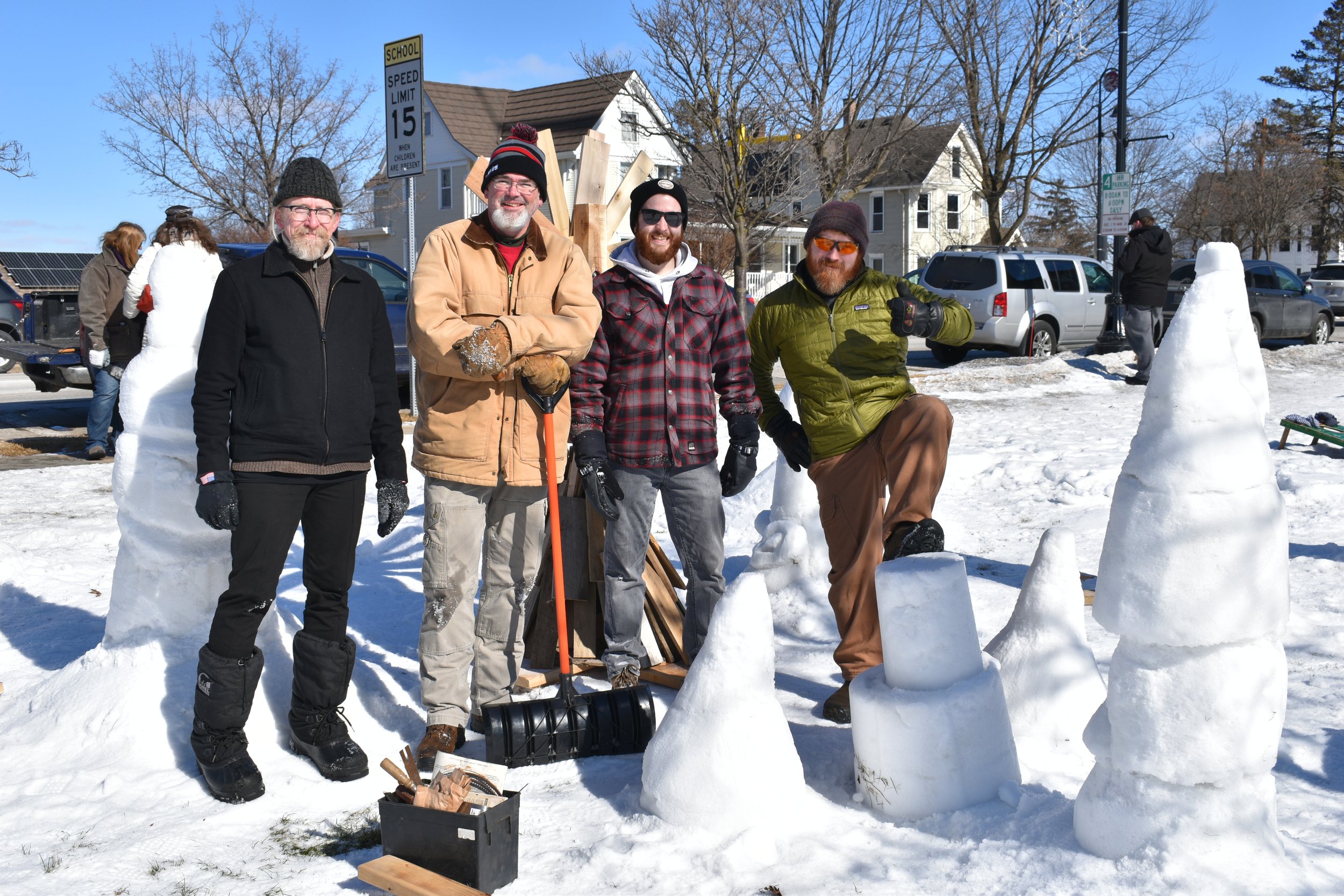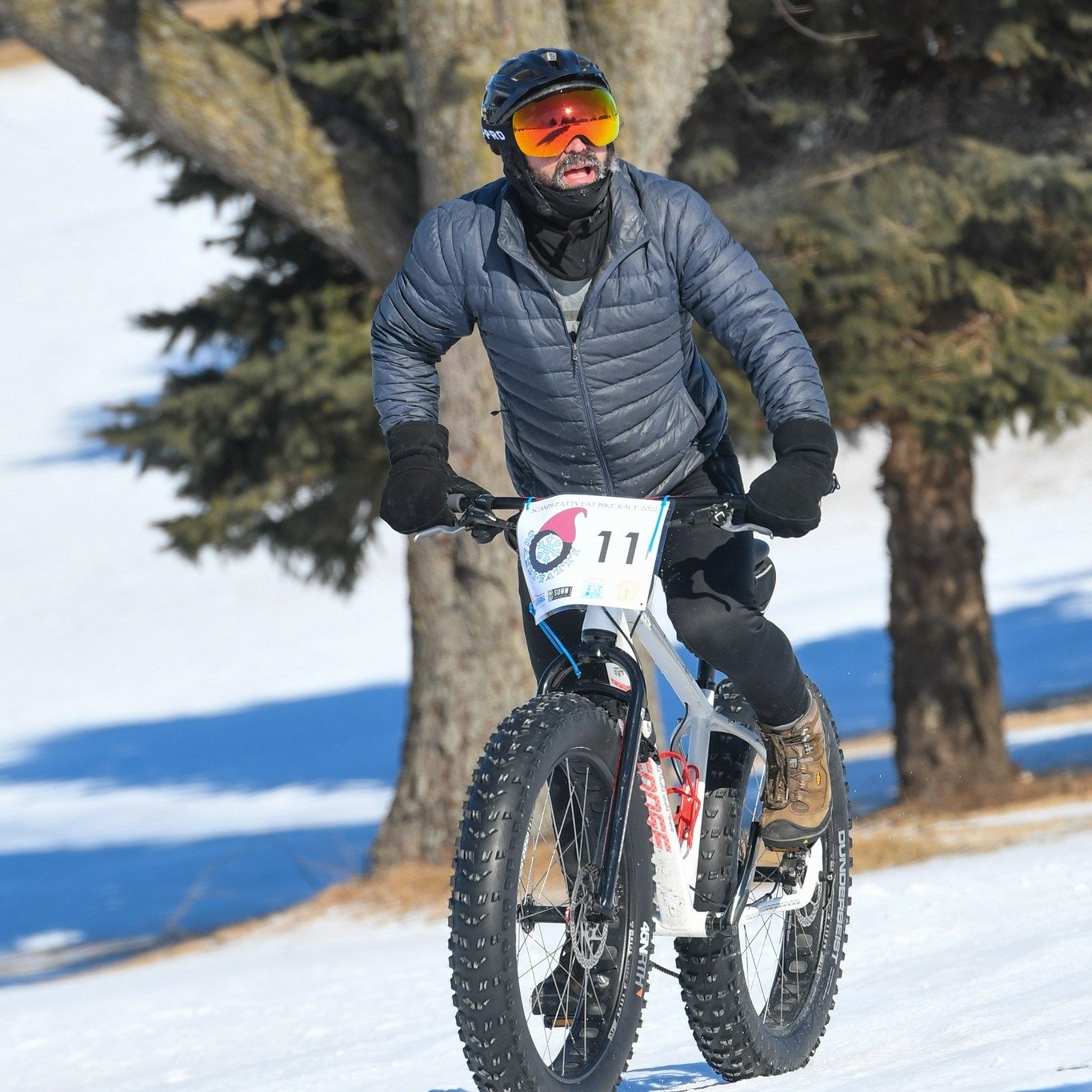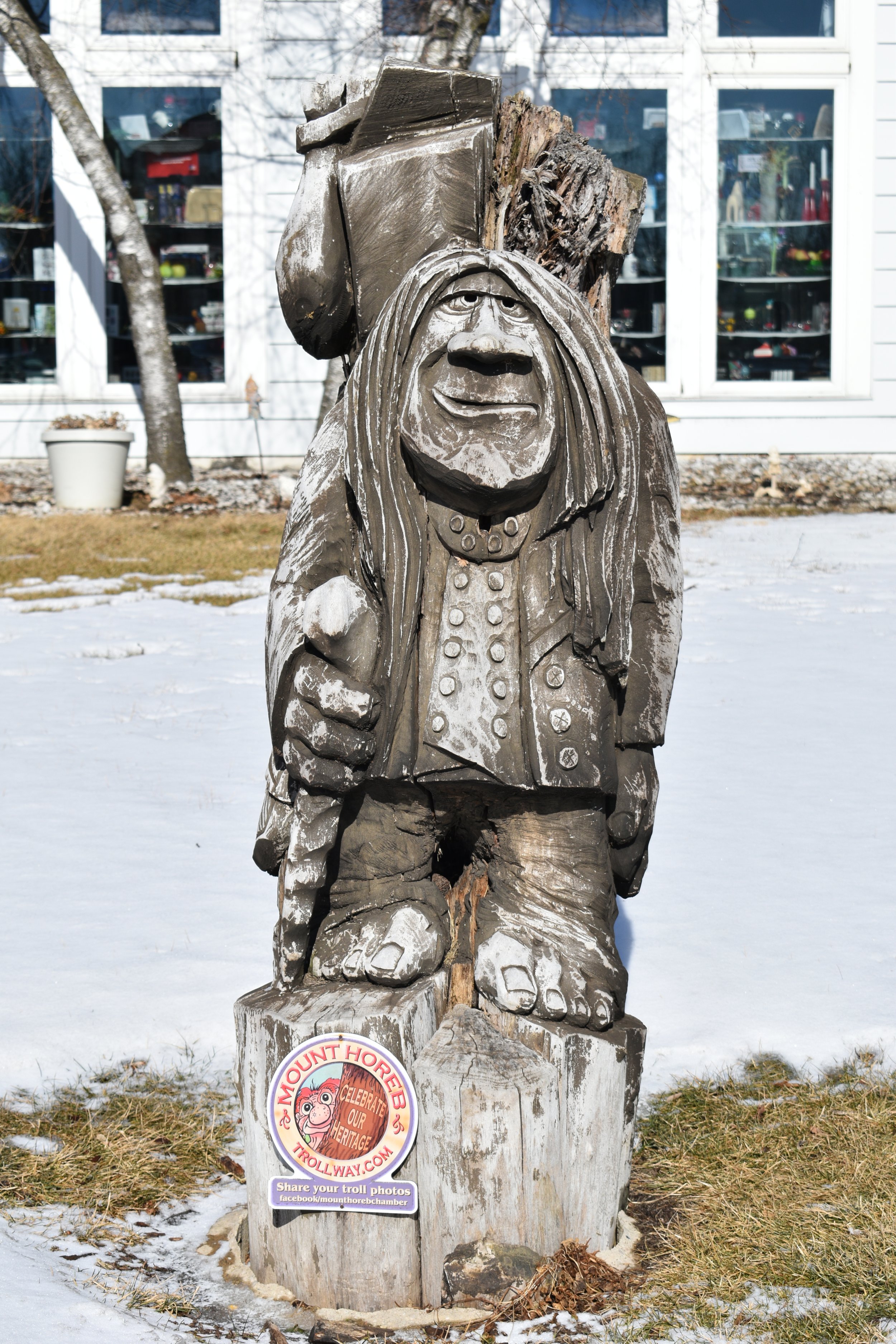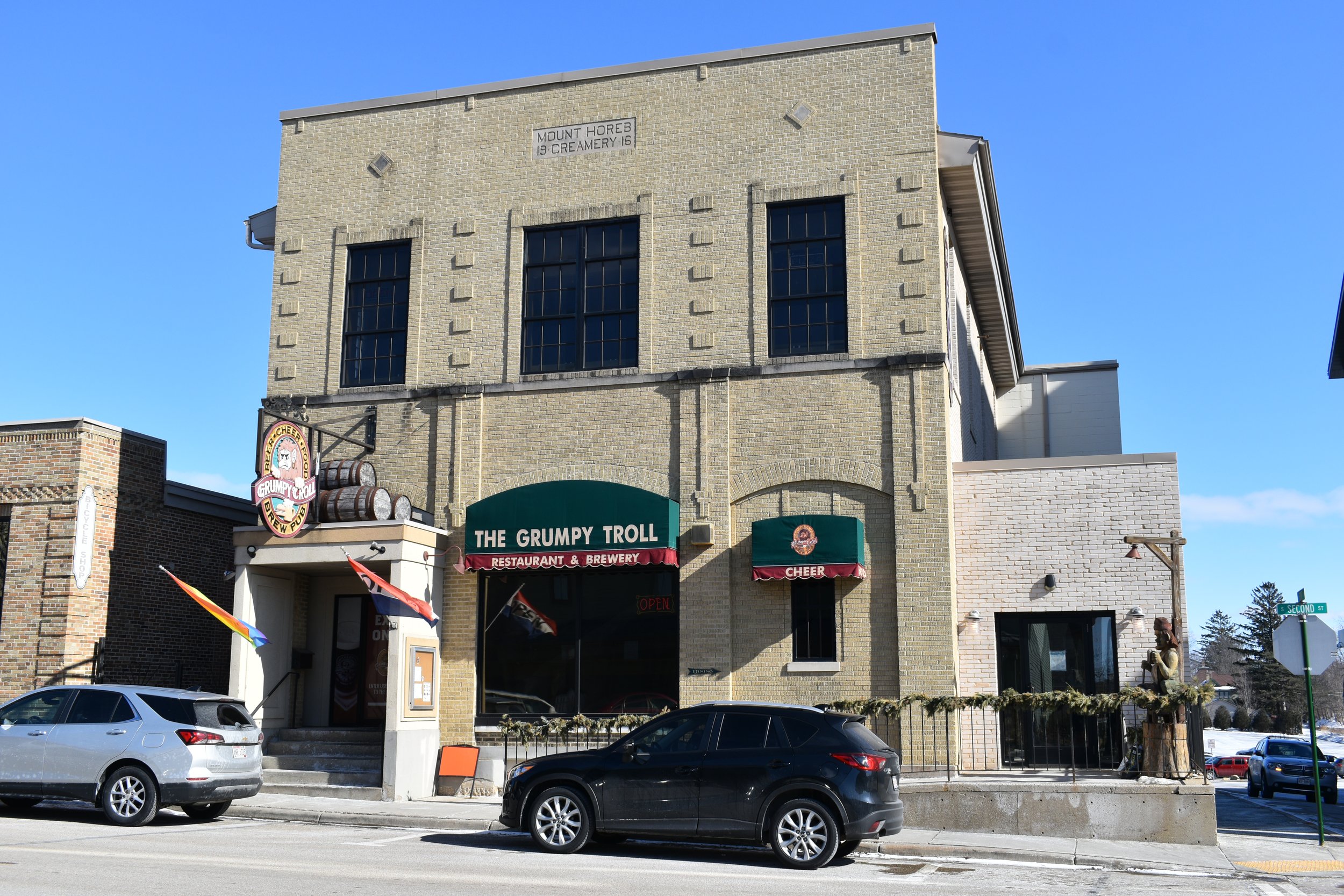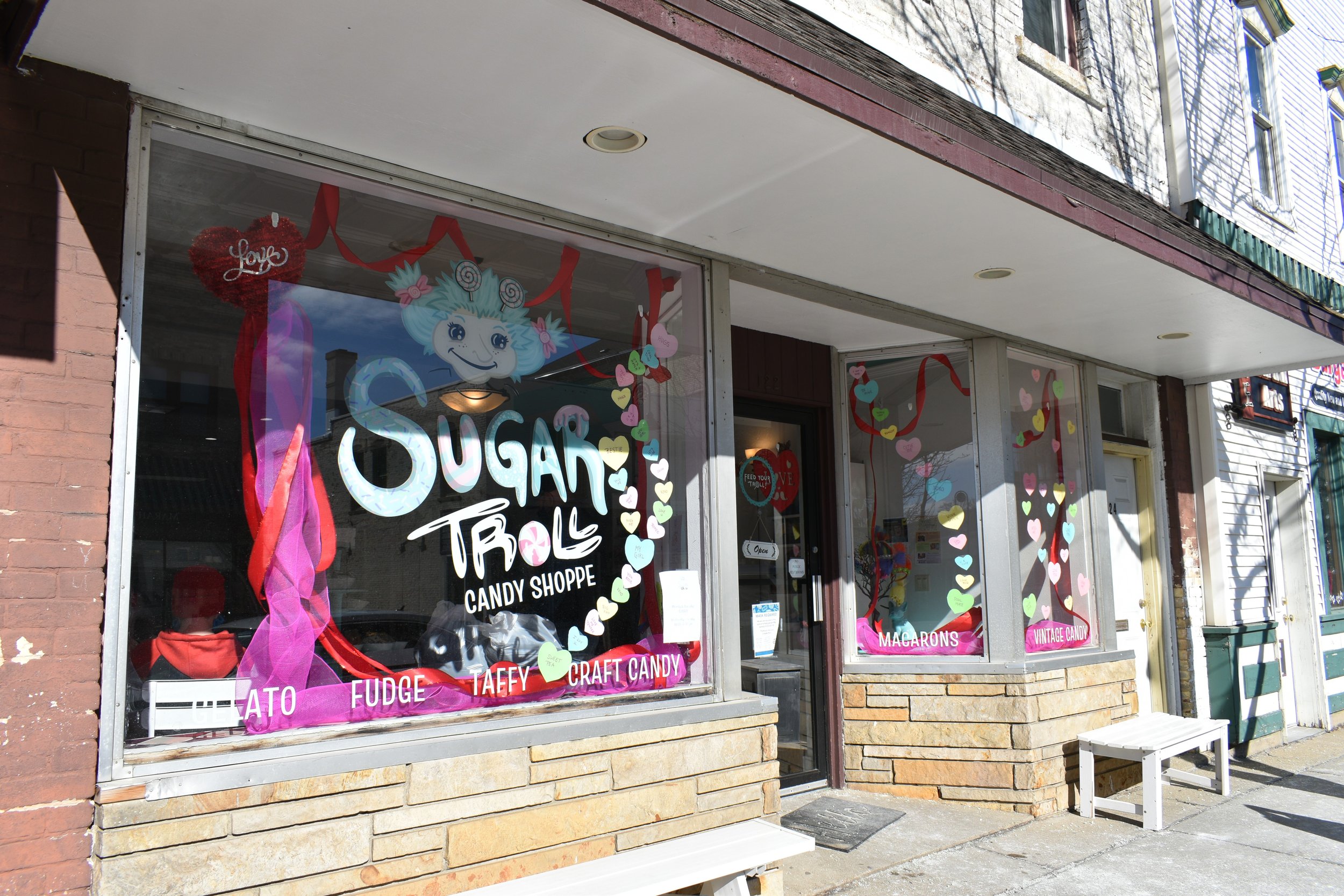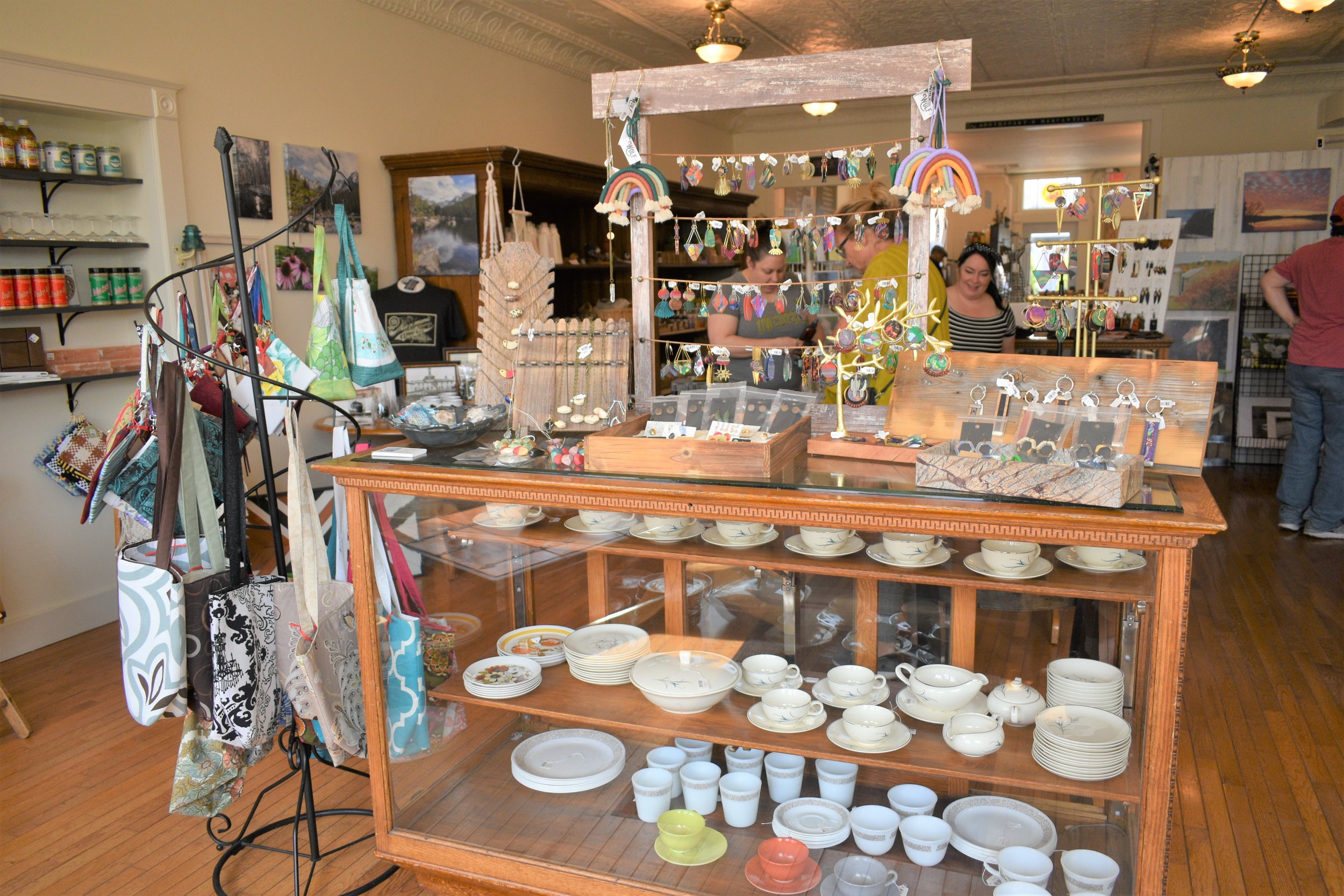Red Hats: Scandi-Who? Scandihoovian Festival
Mt. Horeb, Wisconsin, located just Southwest of Madison in Dane county, held its 11th annual Scandihoovian Festival February 11th-13th. With the village’s roots grounded in a rich Scandinavian culture brought to the area in the mid 1800’s, the festival is a blend of Norwegian and Swedish lore.
Originally intended as a community event, a handful of community members and a couple of big local business people, the founders, wanted something to help get people out of their mid-winter funk. “Many of us, including me, are transplants from the Twin Cities (Minneapolis/St. Paul)”, said Mt. Horeb Chamber of Commerce Executive Director Rachel LaCasse-Ford. She continued, “People love the winter festival up there, so they kind of brought that idea down here to Mount Horeb, and said we should do some kind of winter festival of our own.” So, those individuals ran their own Winter Festival and advertised it locally.
“Two years ago, the group approached the Chamber asking if we would be willing to take on the event as one of our tourism events. Since, we have been trying in the last couple of years, to sort of streamline things and market the event. We continue to work with those community partners, while bringing it in house to help promote our local businesses,” LaCasse-Ford said. Using the networking power of the Chamber, the event has grown rapidly.
The festival held in the beginning of February, on a Friday, Saturday, and Sunday, has grown to include outdoor and indoor activities. This year, the festival offered a scavenger hunt, ice sculpting, live music, food and drink, the Scandi-Fatty Bike Race, frozen turkey bowling, a spelling bee, silent auction, broom ball, family-oriented games, cross-country skiing and tubing, among other events.
Signature to the Scandihoovian Festival are the red hats worn by festival goers. “Have you seen a gnome? When you see those gnomes and they've got those hats on, that comes from the Scandinavian tradition of Tomte or Nisse. The Nisse are part of the Norwegian and Danish tradition, and in Sweden, they are the Tomte. The hats are kind of like sprites (gnomes), they are mischievous, and go around and cause trouble and things like that. Tracy Thompson of Sjolinds Chocolate House, a Swedish bakery and chocolate house and one of originators of the event, really wanted to have the hats. She sews them as do other people in the community,” LaCasse-Ford said.
The hats started out as and continue to be a fundraiser to help offset the cost and make the event possible, although LaCasse-Ford admits the hats are really what's made the Scandihoovian Festival so unique. “It's really part of the draw right now for people to come,” she said smiling.
When asked if the pandemic had an impact on holding the festival LaCasse-Ford said, “The first year the Chamber was asked to take over, I believe was 2020. So, it was during the beginning of COVID. Most of the indoor events were canceled, but they continued to do some of the outdoor events. Last year, especially, I think they really focused on outdoor events. They did a red hat hunt. So, local community members would put paper cut out red hats on their windows and then there was a map and you could go around and find all the red hats in the community. So, trying to find ways to keep people safe and separated, but still have that community spirit, which is what the event really is all about.”
With Madison being Mt. Horeb’s big feeder market for day trippers and people staying overnight, LaCasse-Ford said she has seen growth in the event’s draw. “We just redid our website this year, and so I've been keeping an eye on the metrics and where our reach is, and it's all over the country. I think there's been a big concentration in the Twin Cities, Green Bay, kind of greater Wisconsin and Northern Illinois, which is another big feeder market for us, and then Iowa as well.”
The growth in the number of people coming to Mt. Horeb for the festival certainly is having a positive economic impact. LaCasse-Ford shared that in the past, the goal was always to give the locals something to do. The goal of the festival was to get people in the community out and spending money, to get people into local businesses and restaurants. She pointed out that the goal and the focus was never to bring people from the surrounding communities into the community. But noted that in the last couple of years, the festival has grown and that the chamber focuses a lot of their marketing on surrounding cities, emphasizing overnight stays since the Chamber is a destination marketing organization. “We really want people from all over Wisconsin and all over the region to come and sleep here in our hotels and our lodging properties, and explore the whole Driftless area while they're here in Mt. Horeb. We really see this as an opportunity to continue growing the economic impact that Mt. Horeb is experiencing.”
LaCasse-Ford acknowledged that generally tourism in Mount Horeb, like anywhere, is down a little bit in the winter and then blossoms in the summer. She feels holding an event mid-winter to draw people to the community, is a boom for the village. “We do anticipate growth. From our perspective, we're a small nonprofit, so we just have to get our arms around how do we run this thing in a way that makes sense for our team and our volunteers, and then from there, ask how do we grow going forward? I anticipate the events getting bigger, maybe more organized events. This year is the first year we're having a beer fest out at Tyrol Basin. So, I can see other kind of bigger events taking place, whether it's something we do, or whether it's another business hosting an event.”
LaCasse-Ford and her family having enjoyed Winter Fest in the Twin Cities said, “That's just really indicative of what we love about Mount Horeb, these quirky, wonderful events that happen every year. We have so many of them; we have this huge art fair that we shut down our Main Street for, we have a Fall Market where we do the same thing, and we have a Witch's Night Out, that is very similar to the Scandihoovian event, where everybody dresses like witches, you go up and down the street, and there are witches everywhere. That is part of what makes this community a special place to live and visit.”
